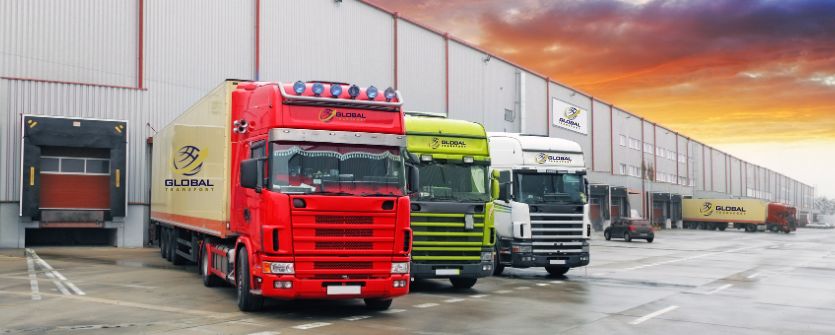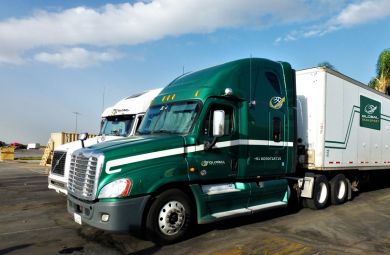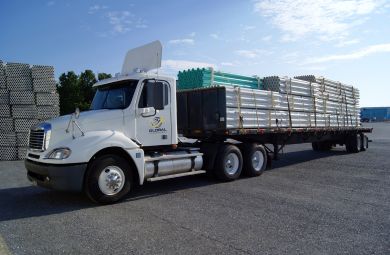Heavy Machine Delivery
Heavy Machine Delivery refers to the transportation of large, bulky, and heavy-duty
machinery from one location to another. This includes industrial, construction, mining,
and agricultural equipment that requires special handling, logistics planning, and transport
vehicles due to its size and weight.
Types of Heavy Machines Delivered
✅ Construction Equipment – Excavators, bulldozers, cranes, loaders.
✅ Agricultural Machinery – Tractors, harvesters, plows.
✅ Mining Equipment – Drilling machines, crushers, conveyors.
✅ Industrial Machinery – Generators, turbines, manufacturing equipment.
Key Challenges in Heavy Machine Delivery
⚠ Size & Weight Restrictions – Requires special permits and careful route planning.
⚠ Customs & Regulations – International shipping needs proper documentation.
⚠ Handling & Loading – Specialized cranes, forklifts, and skilled labor are required.
⚠ Weather Conditions – Extreme weather can impact transit schedules and safety.
Why is Heavy Machine Delivery Important?
🚜 Supports industries like construction, mining, and agriculture.
⚡ Enables global trade and infrastructure development.
🚜 📦 Ensures safe and efficient transportation of expensive machinery.

What is heavy machine delivery?
Heavy machine delivery refers to the transportation of large, heavy-duty industrial,
construction, mining, or agricultural equipment. Due to their size and weight, these
machines require specialized shipping methods, handling equipment, and logistics planning.
What factors affect the cost of heavy machine delivery?
◐ Size and weight of the machine
◐ Distance and destination (domestic or international)
◐ Shipping method (by road)
◐ Customs duties, taxes, and import/export permits
◐ Handling and loading/unloading fees
◐ Insurance for protection against damage or loss
What documents are required for heavy machinery transport?
📜 Bill of Lading (BOL) – Contract between shipper and carrier.
📜 Commercial Invoice – Declares the machine’s value for customs.
📜 Packing List – Specifies machine parts and packaging details.
📜 Import/Export Permits – Required based on country regulations.
📜 Certificate of Origin – Proof of manufacturing country.
📜 Insurance Documents – Covers potential risks during transit.
How can I ensure the safe transport of heavy machinery?
🔹 Use experienced logistics providers specializing in heavy equipment.
🔹 Secure the machine properly with strapping, padding, and covering.
🔹 Ensure all necessary permits and customs documents are in place.
🔹 Plan the best route, avoiding height/weight restrictions.
🔹 Track the shipment using GPS or carrier updates.







